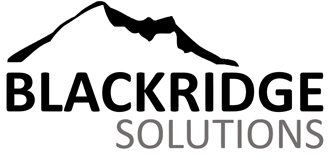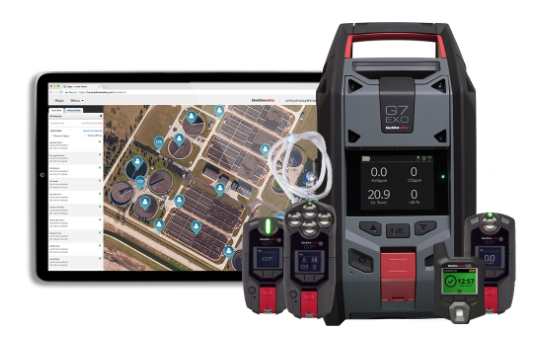In this article, we will explore the unique safety considerations faced by the chemical industry and demonstrate how our state-of-the-art gas detection and lone worker safety products are designed to tackle these concerns effectively. We will also discuss the role of advanced technology in improving operational efficiency and maintaining regulatory compliance while emphasizing worker safety.
Effective Hazardous Gas Detection and Monitoring in the Chemical Industry
Accurate gas detection and monitoring systems are vital for employee protection in the chemical industry, where workers are frequently exposed to toxic and flammable gases. Advanced gas detection technologies offer numerous benefits:
- Continuous Monitoring and Real-time Alerts: State-of-the-art gas detectors provide continuous monitoring of hazardous gases, delivering real-time data and critical alerts to maintain worker safety and environmental compliance.
- Customizable and Scalable Solutions: Implementing advanced gas detection systems that can be customized and scaled enables chemical facilities to develop safety infrastructure tailored to their specific needs.
- Regulatory Compliance: Accurate and reliable gas detection devices ensure that chemical facilities adhere to industry regulations, maintain high safety standards, and uphold best practices for worker safety.
Robust Lone Worker Safety Solutions for Chemical Industry Professionals
Chemical industry workers often operate in remote or isolated locations, requiring a strong safety infrastructure and communication system to ensure their well-being. Key components of lone worker safety devices include:
- GPS Tracking and Real-time Monitoring: GPS-enabled safety devices provide real-time location data and emergency assistance, promoting worker safety by enabling quick response to hazardous situations.
- Instant Communication and Emergency Alerts: Safety devices with instant communication capabilities and emergency buttons allow workers to promptly notify colleagues or supervisors of imminent threats, facilitating rapid response and support.
- Worker Well-being Supervision: Advanced safety devices equipped with automated check-in functions enable supervisors to monitor the well-being of their employees, ensuring tasks are performed safely and efficiently.
Mitigating Confined Space Hazards at Chemical Facilities
Confined spaces within chemical facilities pose unique risks related to gas accumulation and restricted access. Comprehensive safety measures and advanced monitoring devices can help reduce these hazards:
- Specialized Gas Detectors: Portable gas detection devices designed for confined spaces offer workers accurate gas-level monitoring, ensuring environments are safe for entry and reducing the likelihood of accidents.
- Confined Space Entry and Exit Protocols: Implementing rigorous entry and exit procedures for confined spaces, combined with thorough employee training, is crucial for preventing injuries and incidents.
- Ventilation and Engineering Controls: Investing in proper ventilation systems and other engineering controls to mitigate gas buildup can result in a safer and healthier work environment for employees in confined spaces.
Improving Operational Efficiency with Innovative Safety Solutions
Adopting cutting-edge gas detection and lone worker safety solutions not only benefits worker safety but also enhances overall operational efficiency in chemical facilities:
- Data-Driven Decision Making: The valuable insights generated by gas detectors and safety devices provide actionable information regarding potential hazards and inefficiencies, allowing management to make informed decisions and improve safety strategies.
- Reduced Maintenance and Downtime: Constant and accurate gas detection monitoring allows facilities to schedule maintenance more effectively, minimizing equipment downtime and preventing unexpected equipment failures.
- Fostering a Culture of Safety: Equipping employees with innovative safety solutions demonstrates a commitment to worker safety, cultivating a safety-conscious culture that yields higher morale, productivity, and retention.
Embracing Advanced Safety Solutions in the Chemical Industry
The chemical industry faces numerous safety challenges, making it crucial to invest in advanced gas detection and lone worker safety systems to protect workers and maintain a secure work environment. By adopting these innovative technologies, chemical facilities can mitigate risks while boosting operational efficiency and reinforcing a culture of safety.
Enhance the safety measures at your chemical facility by incorporating industry-leading gas detection and lone worker safety devices from BLACKRIDGE Solutions. Protect your employees with dependable safety solutions and ensure the ongoing success of your organization in 2024 and beyond. For more information call (778) 686-5799 or [email protected]













 RSS Feed
RSS Feed